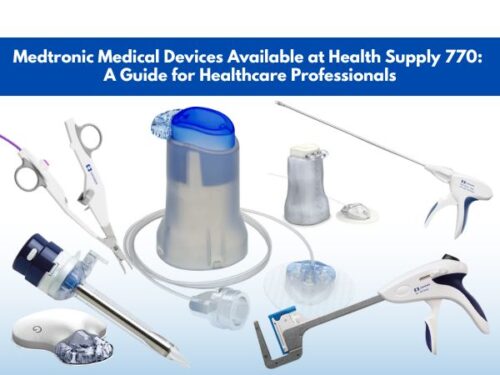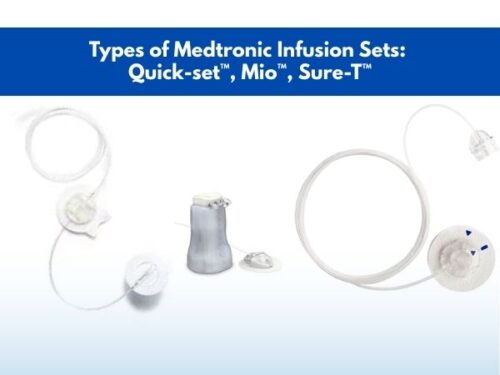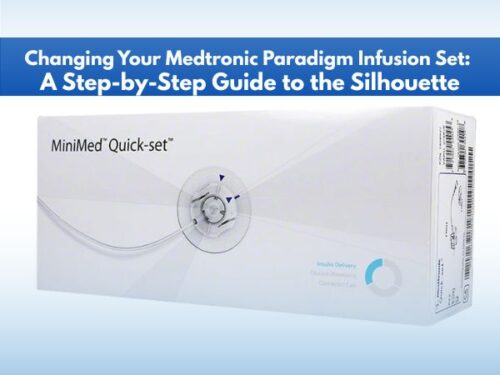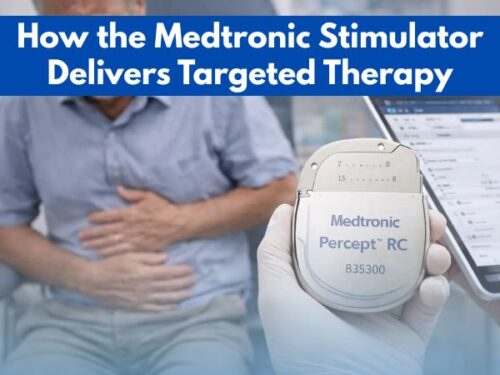What is LigaSure Technology and How Does it Work?

During laparoscopic surgical procedures, the surgeon might want to ligate a blood vessel to restrict a blood flow pathway toward an organ such as in the case of amputation. To fulfill this purpose, multiple technologies can be put to work, one of which is the use of the LigaSure sealing system. LigaSure technology is a single-use electrothermal vessel sealing system used to literally seal or divide the vessels during a laparoscopic as well as open surgery. The device employs mechanical compression to pressurize the vessels in order to adhere to them within a shorter time of merely 2 to 4 seconds.
Components of a LigaSure device
A LigaSure laparoscopic tissue welding instrument uses pressure with bipolar energy to seal the area. It is a simple instrument made up of the following parts:
- A base in which the jaw is connected via a shaft which is available in various lengths i.e. 23, 37, and 44 cm with a diameter of 5 mm.
- A handle to hold the device.
- A jaw that is used for sealing action which can have multiple tips i.e. blunt tip, double action with contoured tips, etc.
The LigaSure tissue response electrosurgical generator device can resist the mean bursting pressure of 900 mmHg while the maximum temperature ideal for laparoscopic surgeries should not exceed 100°C. Additionally, in terms of LigaSure price, the cost of a single laparoscopic procedure done with LigaSure technology remains below USD 450 making it an affordable option among others.
Working with LigaSure technology
LigaSure technology fuses the vessels of the body by sensing the electrical resistance of the tissue being held in its jaw. Optimal electrothermal pulses generated according to the nature of the vessel tissue are transferred to the area for the pre-determined time to achieve the purpose. LigaSure impacts the tissue in such a way as to denature the collagen as well as elastin fibers resulting in damage. The following cooling phase lets the new elastic and collagen fibers crosslink and build new walls on the separated ends of the vessels. Vessels up to 7 mm can be ligated using this technology.
When to use LigaSure technology?
LigaSure technology fuses the vessels effectively during the following surgeries:
- Angioplasty (Surgery of the blood vessels)
- pulmonary thromboendarterectomy or PTE (The removal of blood clots from pulmonary vasculature)
- Lymphaticovenous anastomosis (Surgery of lymphatic vessels)
- Hysterectomy (Uterus removal surgery)
- Myomectomy (The removal of uterine fibroids)
- Thyroid lobectomy (The removal of thyroid lobes)
- Esophageal cancer surgery
- Liver resection surgery
- Haemorrhoidectomy (The removal of hemorrhoids in piles)
- Tonsillectomy (The removal of tonsils)
- Colorectal surgeries
- Endocrine surgeries
- Antireflux surgery (Surgery conducted for the treatment of acid reflux)
Advantages of LigaSure technology
The following advantages can be gained by a LigaSure system:
- The device provides vessel sealing with minimal thermal spread restricting the electric current to the target tissue thus rendering the method safe to employ.
- As no foreign material is to be permanently added to the body for vessel ligation, no chances of future infections remain.
- The need to suture the vessel is eliminated along with reduced chances of hemorrhage.
- The technology saves time during surgery as it only takes 2 to 4 seconds to seal a vessel with the LigaSure device.
Side effects of using the LigaSure device
Employment of LigaSure technology is safe in most cases. Yet some of the side effects have been reported:
- Electrothermal jaws can cause burn to the area surrounding the surgical portion resulting in mild to severe collateral damage.
- LigaSure device can give an electric shock to the wet tissues in case of contact during surgery.
- A higher voltage of electric current, i.e. above 150°C temperature, can result in an internal injury such as tissue burning or overcooking, bleeding, necrosis, or bowel perforation.
- Less than required electric current can undercook the tissue generating an additional need to use a scissor to cut it after initial burning.
Precautions for using a LigaSure device
Using a LigaSure device requires careful attention to safety and proper technique. Here are some precautions to consider:
- Avoid Bile Duct Surgery: LigaSure technology does not ensure the sealing of bile ducts. Consequently, it is not suitable for surgeries involving the cystic duct.
- Appendix Removal Surgeries: The device is not suitable for use in surgeries involving the removal of the appendix.
- Dry Tissue Application: The vessel sealing system should not be applied to wet tissues. Ensure that the tissue is adequately dried before using the LigaSure device.
Always consult with your hospital’s guidelines, the manufacturer’s instructions for use, and relevant medical literature to ensure that you are following the most up-to-date and appropriate precautions for using a LigaSure device.
Conclusion
LigaSure vessel sealing technology is one of the frequently used devices in order to ligate the blood vessels as well as other ducts inside the body during laparoscopic surgery. The easy use and lesser cost of the treatment method give it superiority over the other ligating techniques.
Moreover, its time-efficient nature makes it the method of choice by surgeons. Though the method has some side effects and must be used with caution, it also offers a wide range of applications with reliable results thus rendering the technique advantageous over the other vessel sealing methods.



















